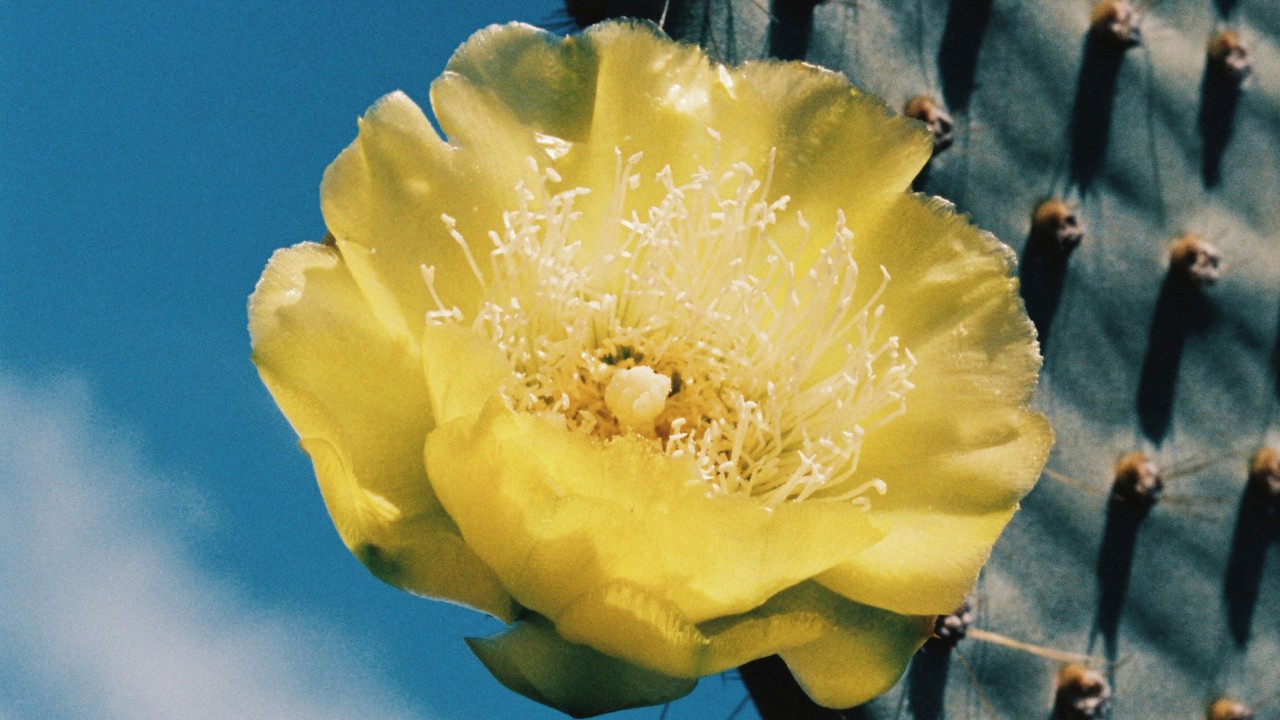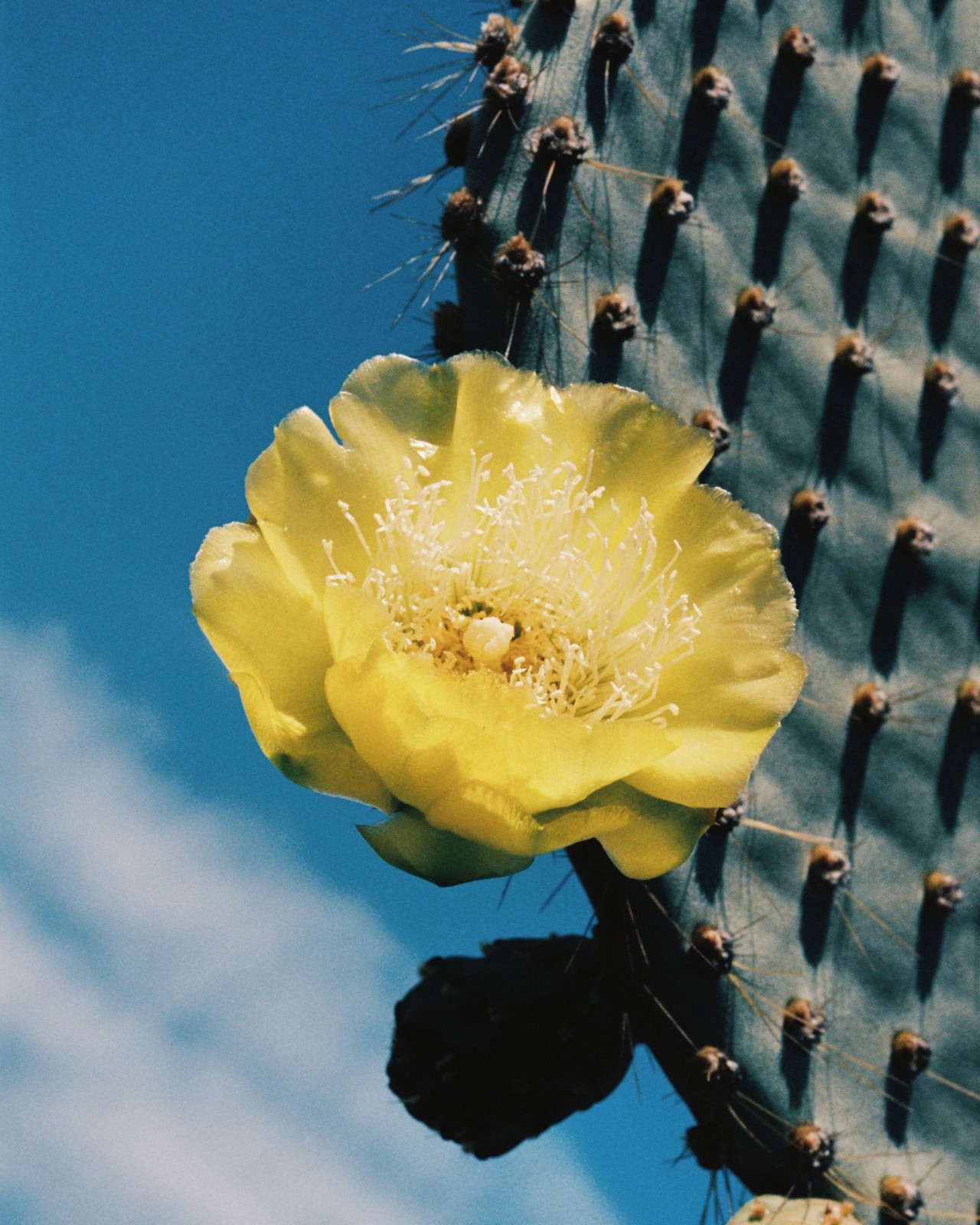

Photograph by Pia Riverola / Kintzing
Words by willow defebaugh
“Come with me into the woods where spring is
advancing, as it does, no matter what,
not being singular or particular, but one
of the forever gifts, and certainly visible.”
―Mary Oliver
Spring brings the arrival of new life and the joys of witnessing the Earth in rebirth. Viridescent leaves unwind outside my window, while pink cherry blossoms bloom across my neighborhood. You can see the arrival of spring across strangers’ faces, too; renewal reverberating in the air. The thing about the season of rebirth, though, is that it also carries a deep discomfort: the pains of reawakening.
That goes for us as well. As adrienne maree brown pointed out in an essay on emergent strategy for Atmos, nature repeats its patterns on scales both big and small. We are not exempt from these fractals: “There are patterns of the world that repeat at scale—look at ferns, crowns of broccoli, look at the way water moves through deltas and the way blood moves through our bodies, look at our brains with their synapses like galaxies.”
The sprouts we see clawing their way up from the soil, stalks unfurling, petals peeling open in the spring—we mirror their processes, their pangs and progress. After months of winter stagnancy and stillness, we too come alive again. And navigating such change alongside that of our environment is not an easy process: plants take cues from the atmosphere (temperature changes, increased sunlight) which tell them it’s time to grow. They must persevere against false starts and erratic weather, not to mention threats to their ecosystems, all of which is exacerbated by climate change. Rebirth is not without risk.
I often wonder whether rebirth is something taking another form or if it is that thing transforming into something new entirely. In the case of annual flowers, the buds we see one year do not belong to the same individual as the year before; the organism’s entire lifecycle is one year, only “returning” the next spring if its flowers were able to leave some seeds behind. Perennials, meanwhile, have evolved to survive for longer periods of time; they live on underground while their aboveground structures tend to die back, waiting until it’s time to bloom again. While we often speak of flowers “coming back,” those that die are not the same flowers that return.
Humans are not so different. We are changed by the winters of our lives, and we are born again each spring. Some of our cells may be the same—others, brand new. Cyclical living offers us the ability to assess which parts we are leaving in the darkness of the dirt, and which parts are rising now to meet the increasing daylight. I often find that this is where the discomfort comes in. In our eagerness to open, we forget that we also require the right amount of rain, supple soil, and most importantly, patience. We forget that growth takes time.
Meanwhile, the Earth makes it look easy. All we see on the surface is her becoming, never betraying the unseen effort it requires. I empathize with her on this; many people are kind to tell me that I have been navigating my transition with grace, when inside it feels like anything but. At every turn, I have roiled at my own growth. There have been times I have wanted to return to the safety of the soil, and others where I have wished I could flower fully formed. I have been holding on to parts of me and letting go of others. In all of it, I have come to recognize nature’s tender hand.
While our blooms may look different, I suspect that you might be finding yourself in a similar season of liminality, feeling the sun’s caress on the new skin you are still growing into, your petals still unfurling. As you do, I invite you to take a moment to assess all the work you have done to get here: all the risks you have taken, the winters you never thought you would survive. None of it is small—for as we change, so does our world, after all.
Editor’s Note: This story was originally published in 2022. The version above was edited and adapted for The Overview book.
Growing Pains: Why and How Flowers Return in Spring